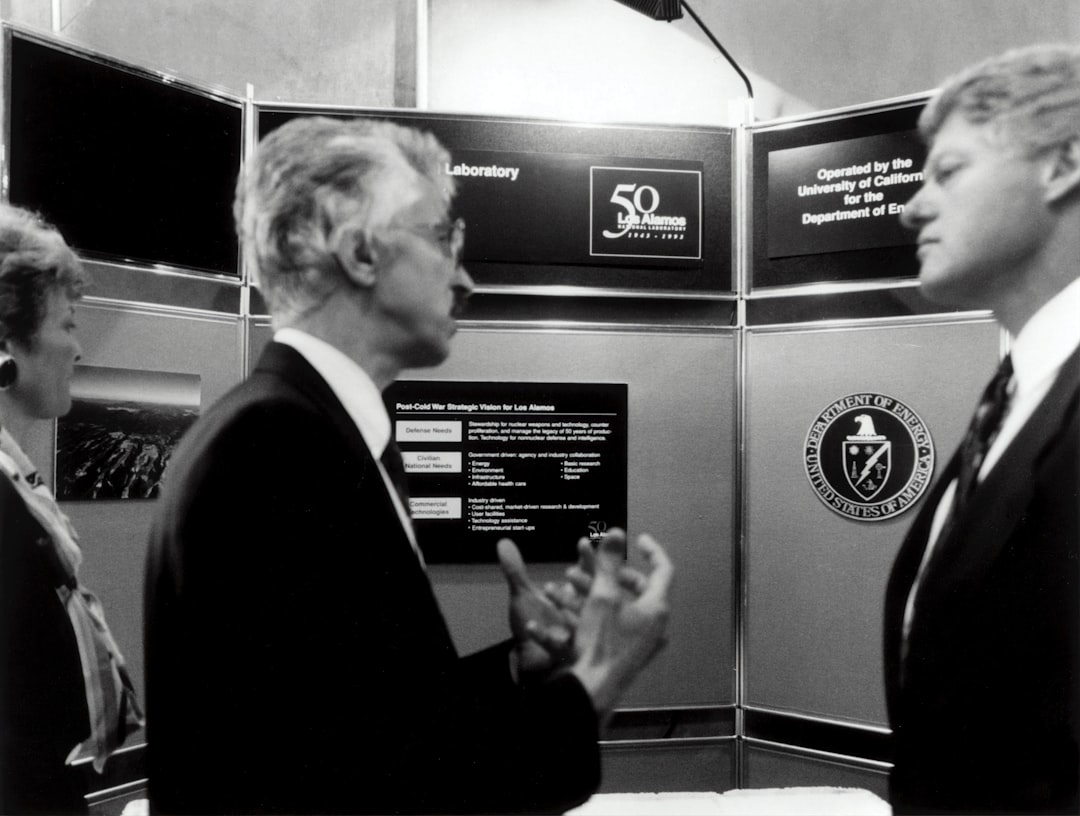What is it about?
As a change of allegiance from one community to another and a shift in identity, religious conversion has long attracted the attention of social scientists and scholars in the humanities. Within the broad context of English studies, a lot of valuable work has been done on representations of religious conversion in the sixteenth and seventeenth centuries, with a focus on the struggle between Christianity and Islam in the Mediterranean and conflicts in Reformation Europe. However, relatively little attention has been paid to portrayals of shifts in religious allegiance in later times. Despite scholars’ growing interest in the new media, conversion and de-conversion stories made widely available by means of electronic technologies have rarely been the subject of systematic analysis. This special issue fills a gap in research on religious conversion. The Introduction examines contemporary theories of religious conversion and dwells on important issues such as secularization, secularity and post-secularity.
Featured Image

Photo by Ashes Sitoula on Unsplash
Why is it important?
It introduces a special issue published by the European Journal of English Studies
Perspectives
Readers can benefit from the Introduction insofar as it provides a broad perspective on Conversion Studies.
Ludmilla Kostova
St. Cyril and St. Methodius University of Veliko Tarnovo, Bulgaria
Read the Original
This page is a summary of: Introduction, European Journal of English Studies, January 2019, Taylor & Francis,
DOI: 10.1080/13825577.2019.1594098.
You can read the full text:
Contributors
The following have contributed to this page










